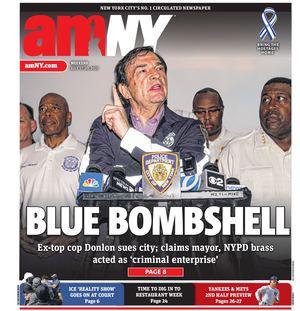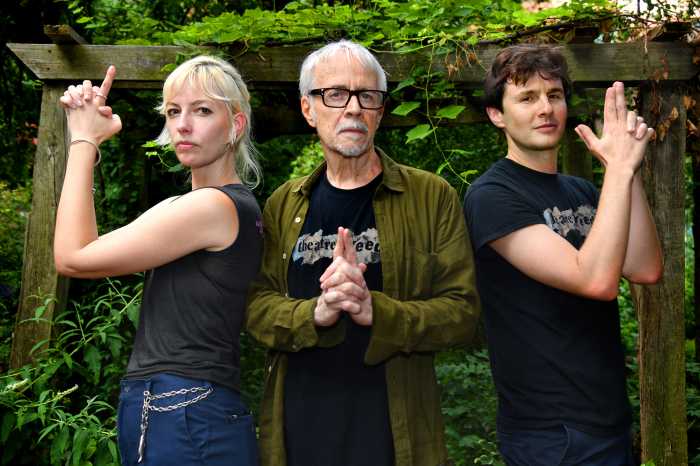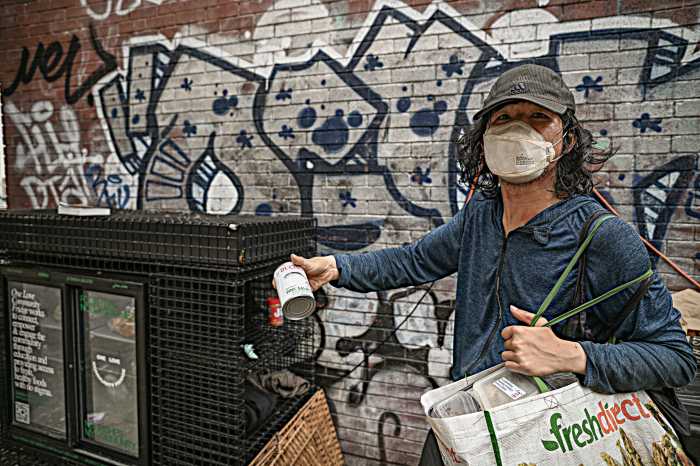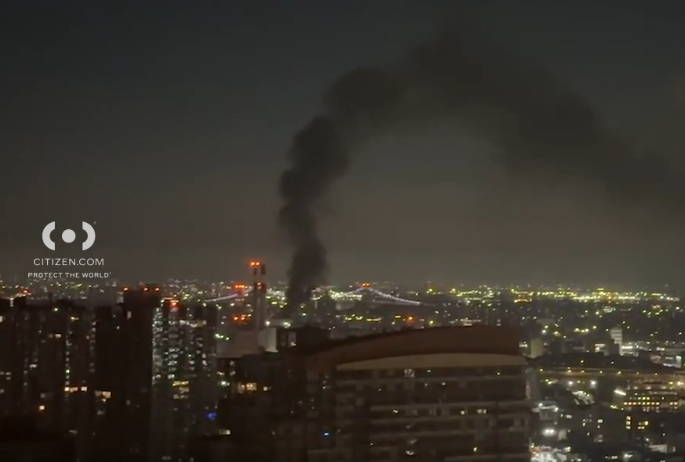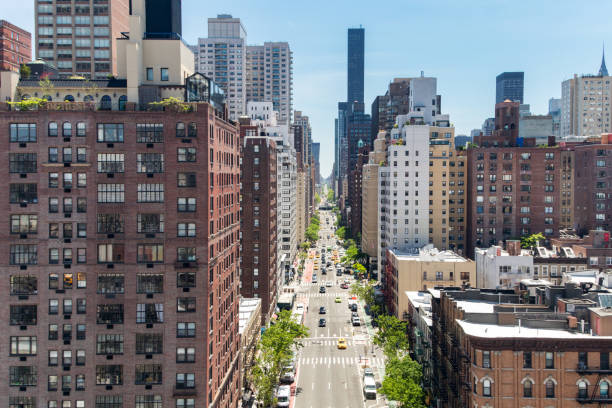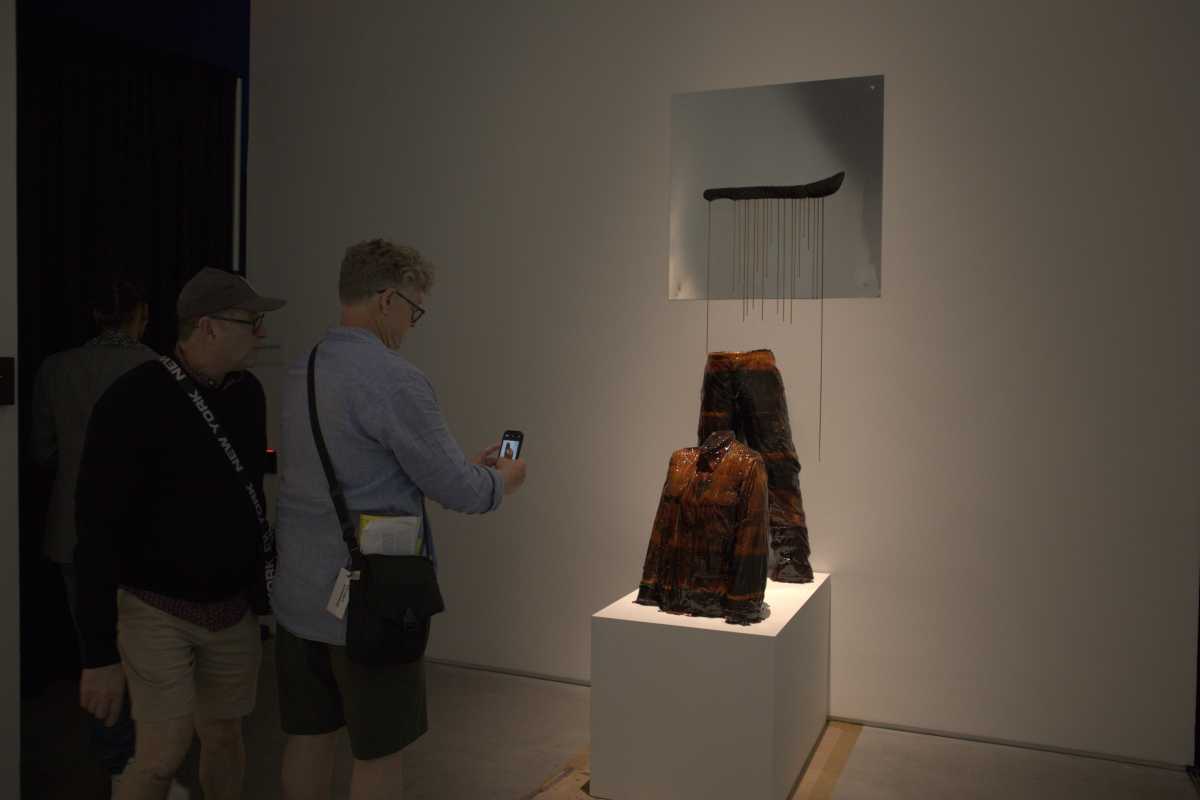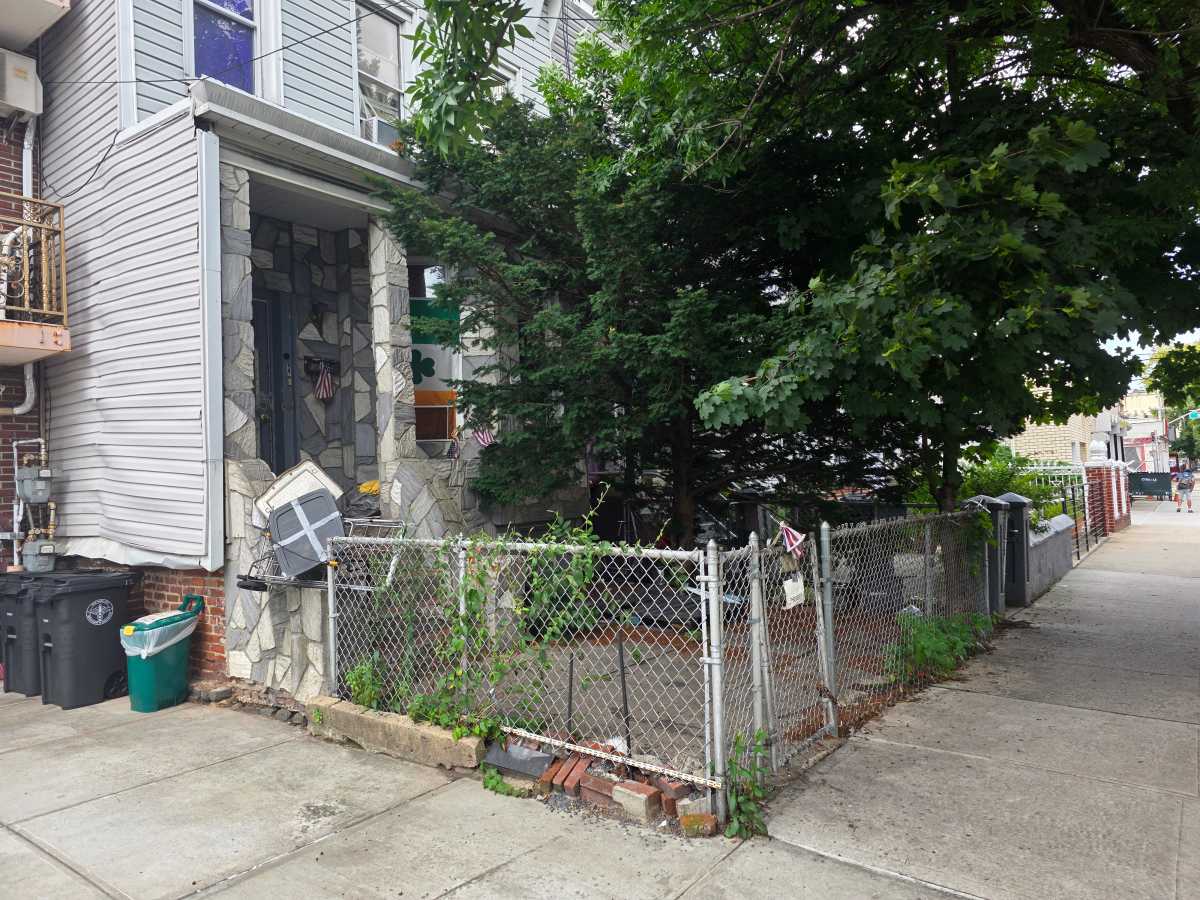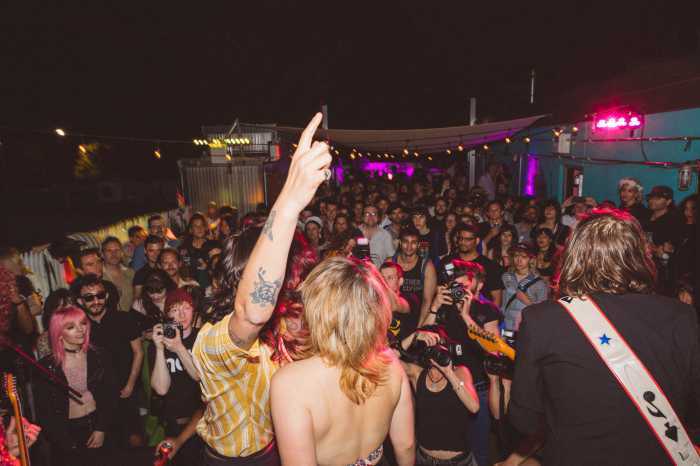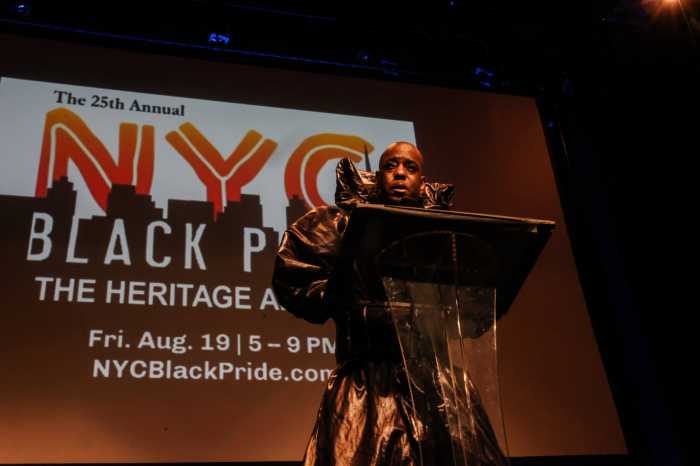By Andrew Berman
There’s been a tremendous debate about New York University’s proposed 20-year expansion plan, “N.Y.U. 2031.” By far, most of those who have spoken up at public hearings have called the plan inappropriate for the Village, using the words “oversaturation” and “unsustainable.” Meanwhile, N.Y.U. officials have called their plan responsive to the community’s concerns and N.Y.U.’s needs. Those officials have argued that by putting 2 million of the 3 million square feet of space N.Y.U. wants to add in and around the Village into the Washington Square and Silver Towers complexes — where there is currently open space or low-rise buildings — the university is minimizing its impact on the Village and surrounding neighborhoods. Residents, in turn, have said N.Y.U. us untenably shoehorning massive development where it was never intended and cannot possibly work.
No matter which side of this debate you fall on (or if you fall somewhere in between), one thing all sides can agree upon is that N.Y.U.’s plan is supposed to accommodate its growth needs until 2031 — as in, just the next 20 years. So what happens after that?
I disagree strongly with N.Y.U.’s argument that the type of development it is proposing in the superblocks, and the undoing of zoning and urban-renewal deed restrictions (not to mention the taking of public land) it is seeking is appropriate. I think the university is continuing to tip the balance of the neighborhood further and further in the direction of it being the dominant, overwhelming presence, and that the locations it proposes for massive development cannot accommodate it. And I am very concerned about the other 1 million square feet of space N.Y.U. says it will “need” to add to the remainder of the neighborhood during this 20-year span; the university is providing no details in terms of where or when this added 1 million square feet will go — and since it requires no public approvals, I am skeptical that it will be “only” 1 million square feet.
But let’s say, for the sake of argument, that you agreed with N.Y.U.’s contention, that the neighborhood could withstand this additional 3 million square feet, and that the special public approvals it was seeking for it were appropriate.
What happens in 2031, just two decades years from now, when N.Y.U. has built all those huge new buildings on the superblocks, added the additional 1 million square feet in the remainder of the neighborhood, and it then says it needs more space? This is not a hypothetical — this is as close to a sure thing as you can get. Even if N.Y.U.’s student body barely grows at all after 2031, changing technology will require lots of new labs, classrooms and other facilities for any university wishing to stay competitive. In fact, N.Y.U. claims that its current, proposed 20-year growth plan is not the result of a significant expected increase in student population, but rather, largely in response to the need for better and more adequate facilities.
N.Y.U. argues that, with very few exceptions, the facilities it has in the Village must stay in the Village, and therefore, growth that is connected to it must, by and large, also be located in and around the Village. So, it seems almost guaranteed that with N.Y.U.’s proposed approach, in 20 years, it will need to add millions more square feet in the vicinity, just to keep up. And where will it put it then? Will it seek new special approvals to build on top of its existing buildings? Or will N.Y.U. say it must go out into the neighborhood and acquire or demolish existing buildings to accommodate its growth?
It seems almost inevitable that N.Y.U., like any major university, will continue to grow, and that growth rate has long outpaced the growth rate of the surrounding Greenwich Village, East Village and Noho neighborhoods. This has created an inevitable tension, because the longer N.Y.U. keeps expanding in these neighborhoods, the more it comes to dominate them.
That is why the Greenwich Village Society for Historic Preservation has been urging a fundamentally different approach for the university. Instead of continuing to expand in neighborhoods that cannot absorb that growth, N.Y.U. should look to locate facilities in neighborhoods where that kind of growth is sustainable and welcome, like the Financial District. Why does N.Y.U.’s proposed new tower combining faculty housing and a hotel have to be in the heart of the Village, as opposed to two subway stops away? Why can’t N.Y.U. now move some of its existing schools and facilities that it expects to grow, like its business school, to the Financial District, where almost limitless future growth can be accommodated, thereby opening up some space in the Village to accommodate future growth for those schools and facilities which remain?
N.Y.U. uses a series of arguments against this that don’t really hold water. It says the Financial District is too far away, even though it’s a 5-to-10-minute train ride or a 20-to-30-minute walk (much longer than the distance to walk from one end of campus to the other at the small New England liberal arts college I attended). The university says all its facilities must be in one place, even though it admits it has (and is growing) facilities in Downtown Brooklyn and East Midtown, and claims it wants to put more on Governors Island — to say nothing of its new campus at Abu Dhabi! And the school says the Financial District is too expensive, even though there are dozens of empty buildings there, aid programs exist for relocating to the Financial District, and the city has pledged to help accommodate local universities’ growth needs.
So whether you think “N.Y.U.’s 2031” plan places development just where the Village can take it, or where it can take it no more, the inevitable question arises — what happens in 20 years? Under N.Y.U.’s plan, it will have to find more room to grow in and around the Village after just 20 years, and in perpetuity after that.
N.Y.U. has just gone on a massive expansion spree over the last several decades that has utterly transformed the Village, East Village and Noho. So isn’t now the time to come up with a new approach that will ultimately better serve the city as a whole, our neighborhoods and even N.Y.U. over the long term? Or do we want to consign our community to a future where, inevitably, the university will have to eat away at, and take over more and more of it, each year?
Berman is executive director, Greenwich Village Society for Historic Preservation
